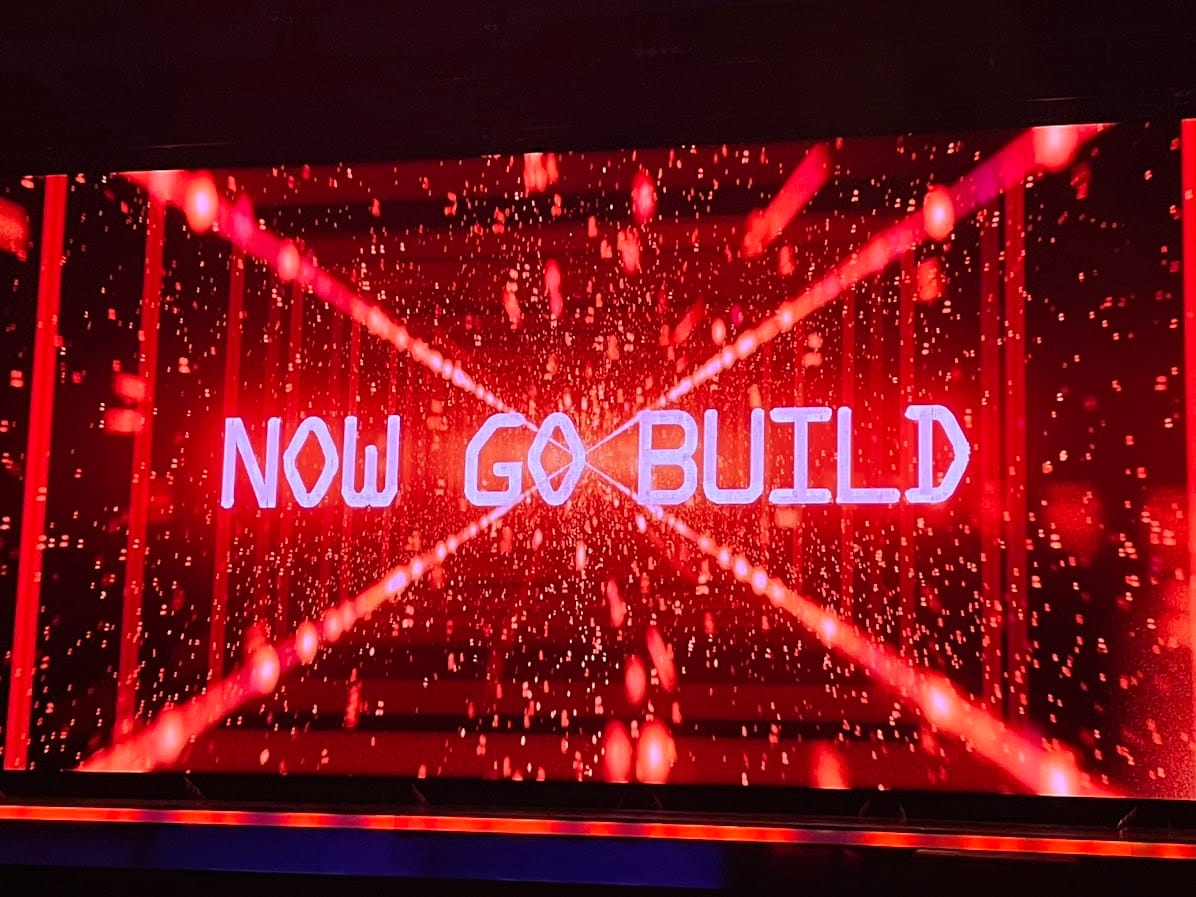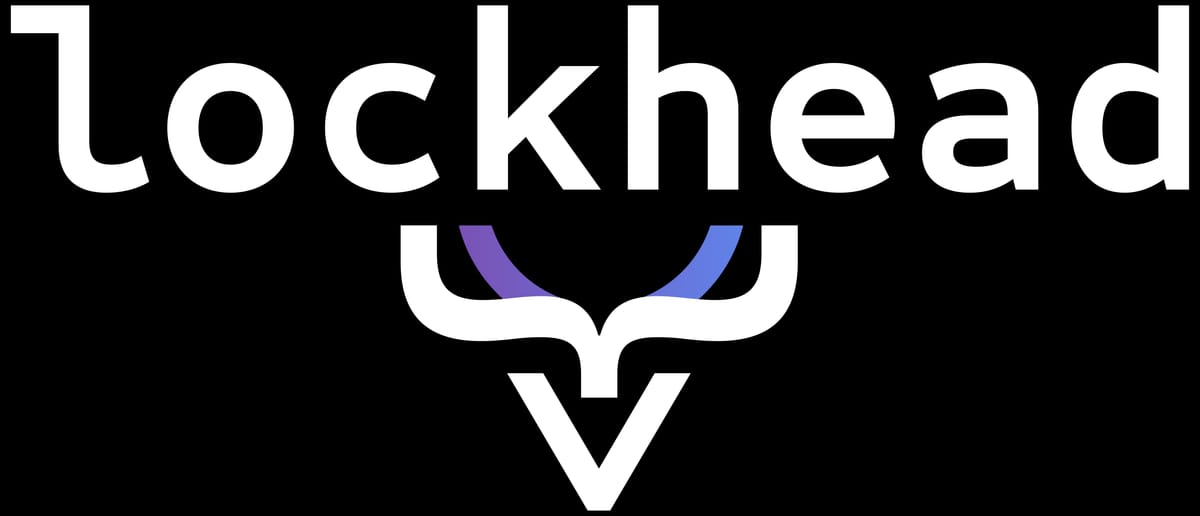
A first look at Amazon CodeCatalyst – Managing your Cloud-Build & Deployment infrastructure natively on AWS
In this post you are going to get to know the new service that AWS announced at re:Invent 2022 in Las Vegas. With this new service AWS brings the Code* tools (CodeStar, CodeBuild, CodePipelines, etc.) into one user interface and opens up the usage to new audiences.
Amazon CodeCatalyst is a service that helps you to manage your project code in a central place and allows integrating it with existing CI/CD tools. It also simplifies the cross account functionalities of CI/CD best practices. With the market place functionality it opens up the tool for further expansion through third party contributors.
Functionality highlights
Organizations and projects
CodeCatalyst allows the set up of an organization and projects within that organization. This allows a structured set up of your projects and allows you to segregate access. What I have not been able to verify is if existing organizations of AWS Organizations are automatically imported and available in the service. This would be beneficial for larger organizations that want to get started with CI/CD on AWS.
Integration with your “builder ID”
Amazon CodeCatalyst is integrated with AWS your builder id – and that means that you can have a unique, personal account. This account is not tied or attached to an existing AWS account. The integration with the AWS accounts it done through cross account permissions that are created automatically for you. This concept has various benefits:
- You (as a developer) can have access to the required CI/CD structure and code management without the requirement to have an IAM user or access to the AWS console to the specific AWS account that you are aiming to deploy to
- You (as a developer) can have access to different “organizations” and “projects” within the service – which will make it easier for 3rd party teams working on AWS projects (e.g. consultancy engagements)
- You can allow the CodeCatalyst workflows to only be able to deploy into certain accounts and the list of accounts that you can connect to from a specific project or organization can be modified on demand
Unified user interface and workflows
The new user interface of CodeCatalyst allows to look at the complete lifecycle of your product – form development to deployment – within the same window. You can easily set up a project, connect or set up a repository and then create a CI/CD pipeline (or workflow) for it. You will also be able to visualize the workflow of your CI/CD pipeline during creation or editing.
Integration of Github Actions
With the integration of existing Github actions and the possibility to re-use already available automation steps within your workflow AWS opens the door to re-use and migrate a lot of already existing functionality. This is going to be very beneficial and will help to drive the adoption of the service. The availability of “native” actions as part of CodeCatalyst is still limited and I assume with the Marketplace new actions will be made available quickly and the list of available actions will grow rapidly.
Project Templates – CI/CD pipelines
I believe that this is the most important functionality of the service. Allowing to quickly set up new applications, workflows or projects on the service empowers developers to get started efficiently. I’m eager to see additional templates going forward. As you can include both infrastructure and application code, but also the required workflow in a template (=that’s your deployment pipeline), I hope that with this functionality we will be able to empower developers to re-use better CI/CD pipelines that enforce a DevSecOps mindset and include all of the “best practices”. I would love to see all of the reference implementations of the “DPRA” (Deployment Pipeline Reference Implementation) implemented as templates in this service.
A good, automated CI/CD pipeline helps your developers to focus on creating business value – the more you can “re-use” or drive through standards and templates, there more efficient your teams will be.
Additional wishes
As I have not explored all areas of CodeCatalyst yet, some of my “wishes” might already be implemented and I did not yet discover them – here’s a few things that I’d love to see but haven’t found yet. Please reach out to me if this is functionality that is available somewhere and I’ve missed to find it 😊
Re-applying project templates
I would love to be able to re-apply a project template to an existing project, especially for the workflows. This allows two things: 1) if you’ve changed the workflow and it doesn’t work anymore, you can quickly go back to the working version. 2) if the template changes, you can re-apply the changes to a project without the need to access every project manually.
In combination, some times a project changes or evolves and you might want to move it from a “backend” project-template to a “full-stack” project. This can today only be achieve manually but not in an automated fashion.
Better “mobile app” support
As you’ve maybe read, I’m working on a “Flutter” application – and because of that I would really love to see a possibility in CodeCatalyst that better supports the “cross platform” app functionality. Today, the service mainly focuses on provisioning AWS infrastructure. As you build a complex project that also needs to publish a mobile application, it would be very bene be able to use the service to also publish the application itself into the different stores automatically. Of course there are other, 3rd party systems that already allow that, but if you want to use CI/CD natively on AWS this is currently not possible. I know I’ve mentioned that before, but as I have not seen the possibility to perform an iOS build on CodeCatalyst, I wanted to highlight it again.
Additional 3rd party integrations / workflows
One of the assets of the service is definitely the market place functionality that will quickly allow to integrate new 3rd party services. What I would like to see here is the support of additional repository stores besides Github (e.g. Bitbucket, Gitlab, and the corresponding “datacenter” versions), but also the possibility of a native integration of other tools that are required as part of the CI/CD pipeline – things like Codecov, SonarQube, Checkmarx, Snyk, Aquasec, etc. This might be possible through custom actions, but I am not yet clear on how fast these will be available.
Infrastructure as Code support for provisioning and setting up your CodeCatalyst environment
I’m not clear about the possibility to set up your CodeCatalyst environment through Cloudformation/CLI calls or through CDK/Terraform and I am unsure if that would be something that is required for this service. What would definitely be good to have is the possibility to set up integrations to your existing accounts and projects in an automated form – the CLI commands make that possible, but that’s not the same as directly defining it “as code”.
Native branch support for projects & workflows
CodeCatalyst allows to refer to different branches, but it would be cool to get a possibility to natively support “ephemeral” environments as part of your CI/CD process. There are two use cases that I have in mind:
- Integration tests as part of the CI/CD process (workflow) that require the infrastructure to be available and provisioned
- Environments to replicate/test defects or new functionality
For both of these use cases, the CI/CD tool should be able to deploy an environment from a branch – and then also automatically de-provision it based on rules. Today this is something that you would need to manually replicate within your workflows and infrastructure as code.
Overall summary and outlook
The service is overall is a great addition (or maybe a replacement?) of the existing Code* tools on AWS and it streamlines a lot of things that were previously not working perfectly on AWS. For a new service it’s a solid launch with a lot of benefits, especially for small companies or open source projects that do not have the possibility to use existing third party tools or really just want to focus on generating business value. I do not think that CodeCatalyst will be able to replace existing Jenkins installations or services for bigger enterprises right now, as there are a few things that are not yet possible.
What do you think of CodeCatalyst? Please share your thoughts and feedback with me (either on the comments, on LinkedIn or by mail.

